Tips for hosting your first digital planning session
Planning sessions with site teams are crucial for setting the foundation of any project. Hosting your first digital planning session with Nialli™...
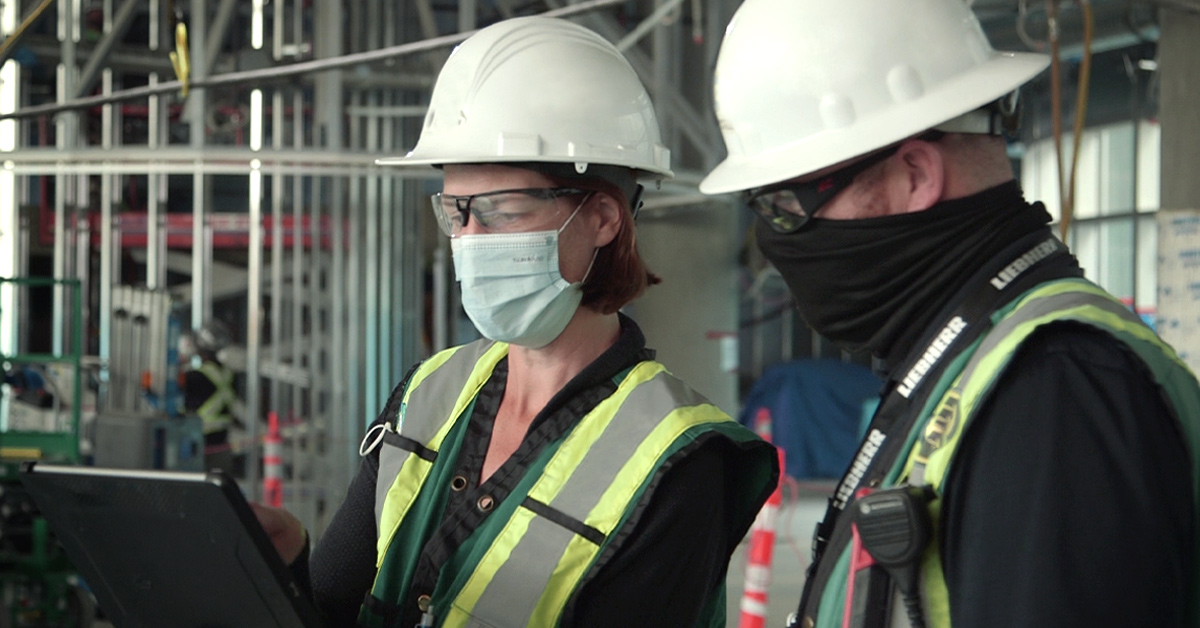
As so many practitioners know, implementation of the Last Planner System® (LPS) can lead to various benefits for a construction project, including better communication and coordination and less rework. But the analog nature of the process has various challenges that practitioners readily admit. Some of them are very pragmatic, like sticky notes falling off the wall and the time it takes to rearrange the wall tiles when a new week starts. Some foremen take pictures of the wall so they know what they need to work on when they’re on the jobsite.
A whole new dimension of challenges arose when COVID-19 hit the world. In an effort to reduce the number of personal interactions, planning and production control on the jobsite changed – it had to. On many sites, the maximum capacity of a trailer was dramatically reduced, with the result that not all last planners were able to attend team sessions anymore. Many contractors introduced tools like Zoom or Microsoft® Teams, enabling some planners to dial in remotely. This hybrid setup had some people in the room and others remote.

In a hybrid setup, the ones dialing in often feel like second-class attendees – their description. Even if they are able to see the analog wall via a webcam in the trailer, they typically cannot read the text on a sticky note, much less talk about adding a card or changing its status. Proper audio pickup of the conversation in the trailer is another challenge with which many teams have struggled.
Other teams moved to a full virtual setup, where everyone joins from a personal device. In a virtual setup, teams typically use Microsoft Excel® or a dedicated app to replace the sticky notes. While this enables every attendee to see and even contribute, the “big picture” is missing. Looking at a plan on a phone or tablet is simply different than seeing it on a large wall.
In hindsight, many people can see that both setups were a significant push for the industry to implement modern communication tools. But while it was a helpful alternative to keep the communication going, another gap soon became apparent: The conversations and promise-making that happen in front of the big wall are truly essential for the Last Planner System to add greatest value. Without it, you cannot realize the full potential of this methodology. It is the interplay of reviewing the plan on a big wall, resolving constraints as a team and adjusting the schedule – all in one session – that is fundamental to the process.
Recognizing that the big wall experience is relevant, some contractors have implemented a mixed approach to leverage the benefits of digital. In these setups, the collaborative parts of the process are done in an analog way, to preserve the discussions and promise-making. In a later step, the paper stickies are then manually entered into an app (e.g., for data analytics). While this approach addresses the need for personal interactions, it creates additional waste, as both an analog and a digital version of the wall are maintained.
About two years ago, a major US contractor described this situation to us as a dilemma. “It seems that you can leverage the full benefits of digital but must compromise on the actual process of the Last Planner System. Or you keep its essence but add additional waste by maintaining two versions of your schedule, manually moving data back and forth between the analog and digital world.”
Neither of the two options delivered the experience that the contractor wanted. Standing still with the same analog approach seemed like falling behind, but no system in the market truly hit the mark for the contractor. Enter Nialli.
Over a concentrated period, we began by working closely with the contractor, pursuing an ethnographic approach, deeply understanding the Last Planner System and its context holistically. We developed a system that marries the best of the analog and digital worlds, considering the dimensions of people, process, technology and space. The result of that close collaboration and intensive development effort is Nialli™ Visual Planner, a system that digitizes pull planning from start to finish.

.png)
Planning sessions with site teams are crucial for setting the foundation of any project. Hosting your first digital planning session with Nialli™...
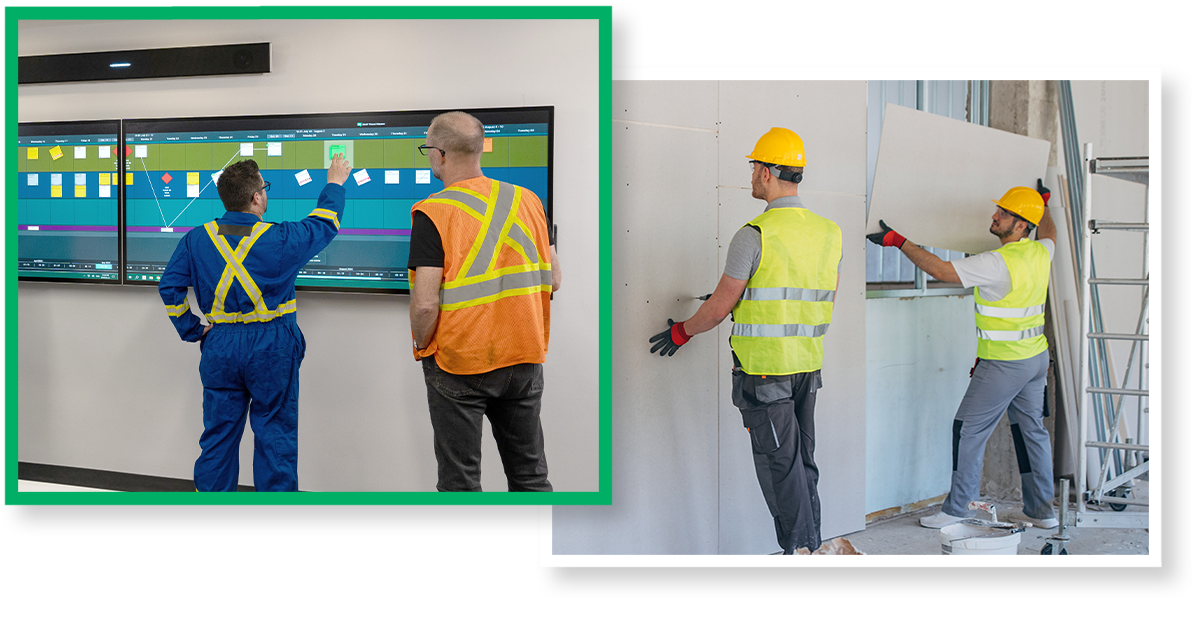
Having a plan everyone on the jobsite can understand is a critical ingredient for project success. But even with modern tools, many teams find...
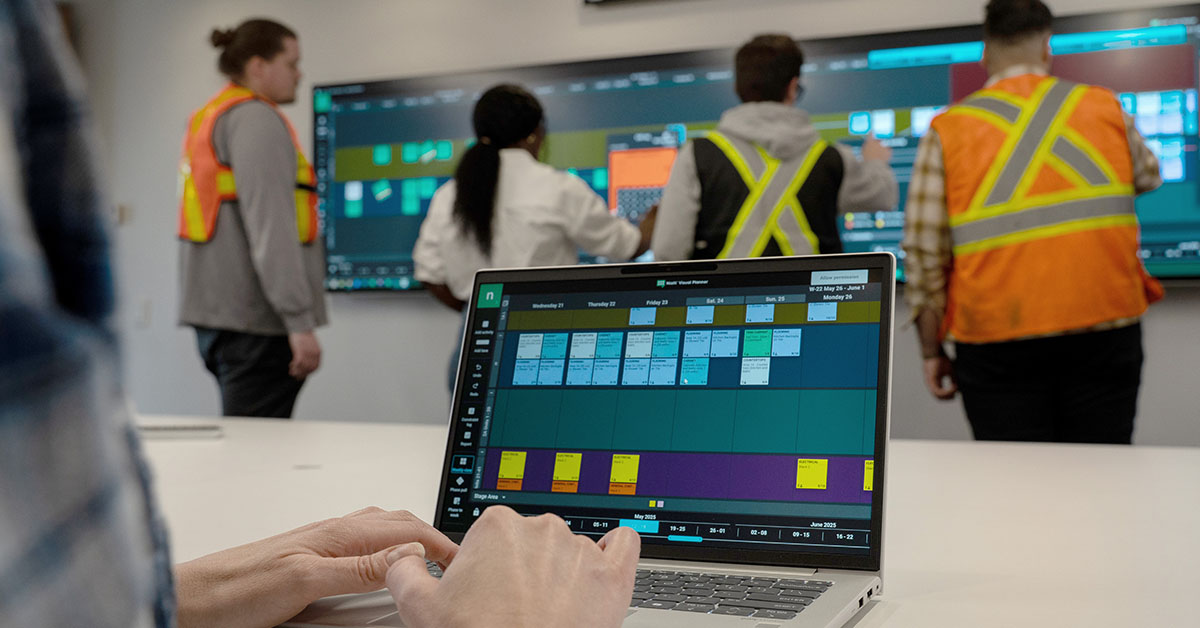
One of the biggest challenges construction teams face is communication silos. The average project has dozens (if not hundreds) of team members, all...
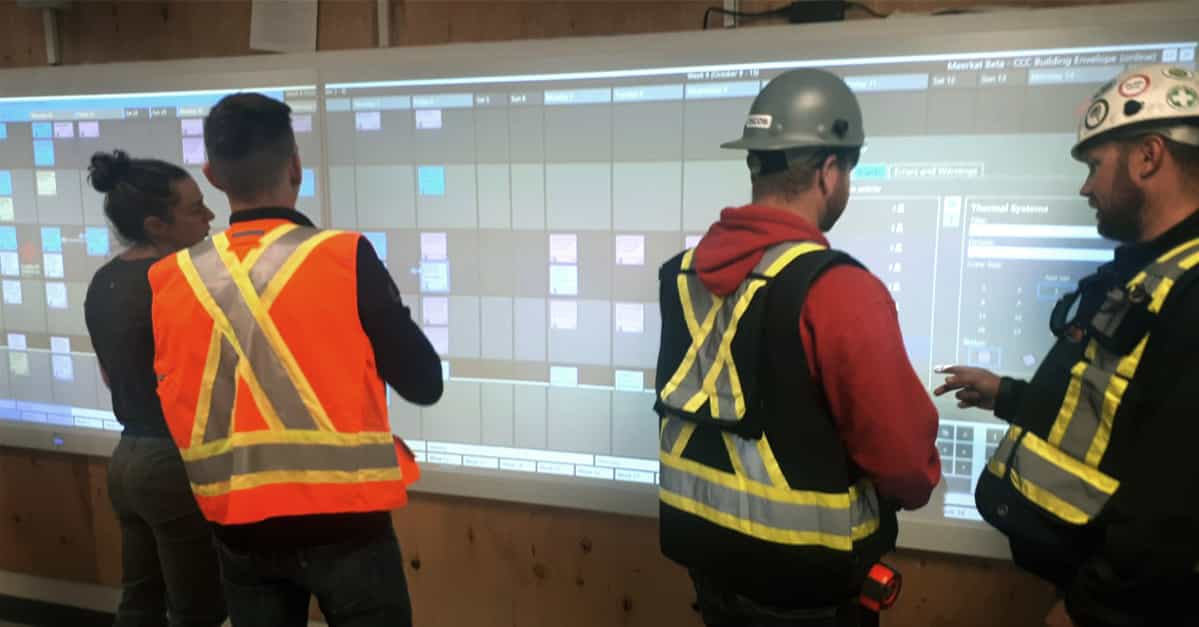
The Last Planner System®, using sticky notes and analog boards, has been proven to be a incredibly effective method of managing construction...

One of the fundamental tenets of Last Planner System® (LPS) is the ability for the team to congregate in a room and discuss challenges, make...
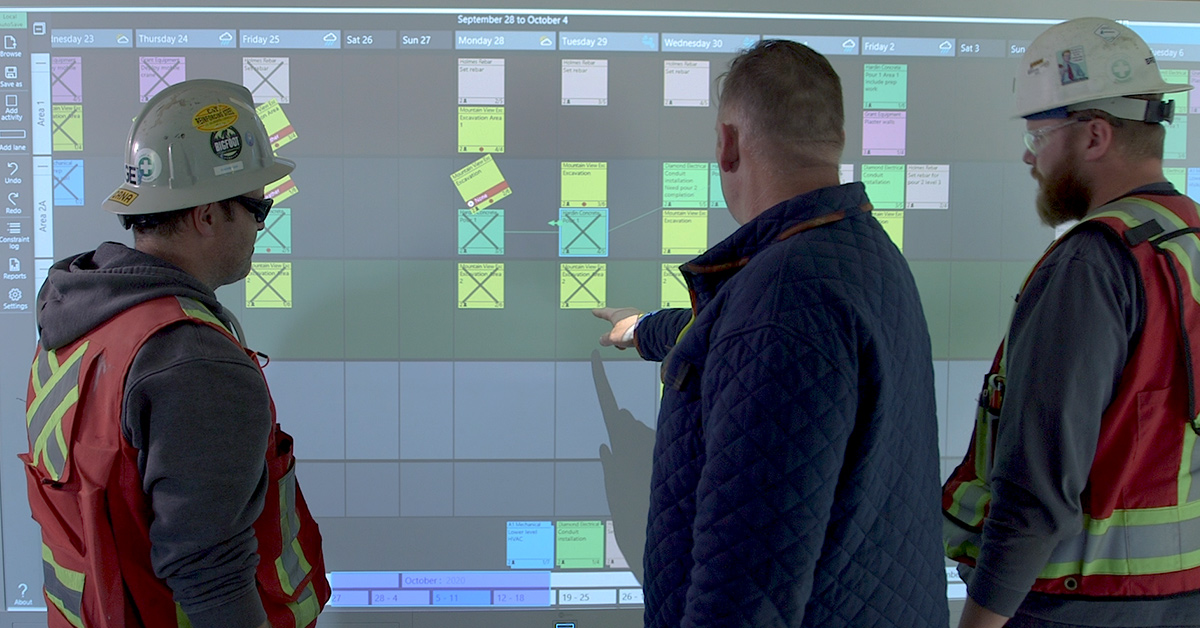
The Last Planner System® (LPS) was first developed in the ’90s by Glenn Ballard and Greg Howell. Many practitioners have implemented LPS using analog...